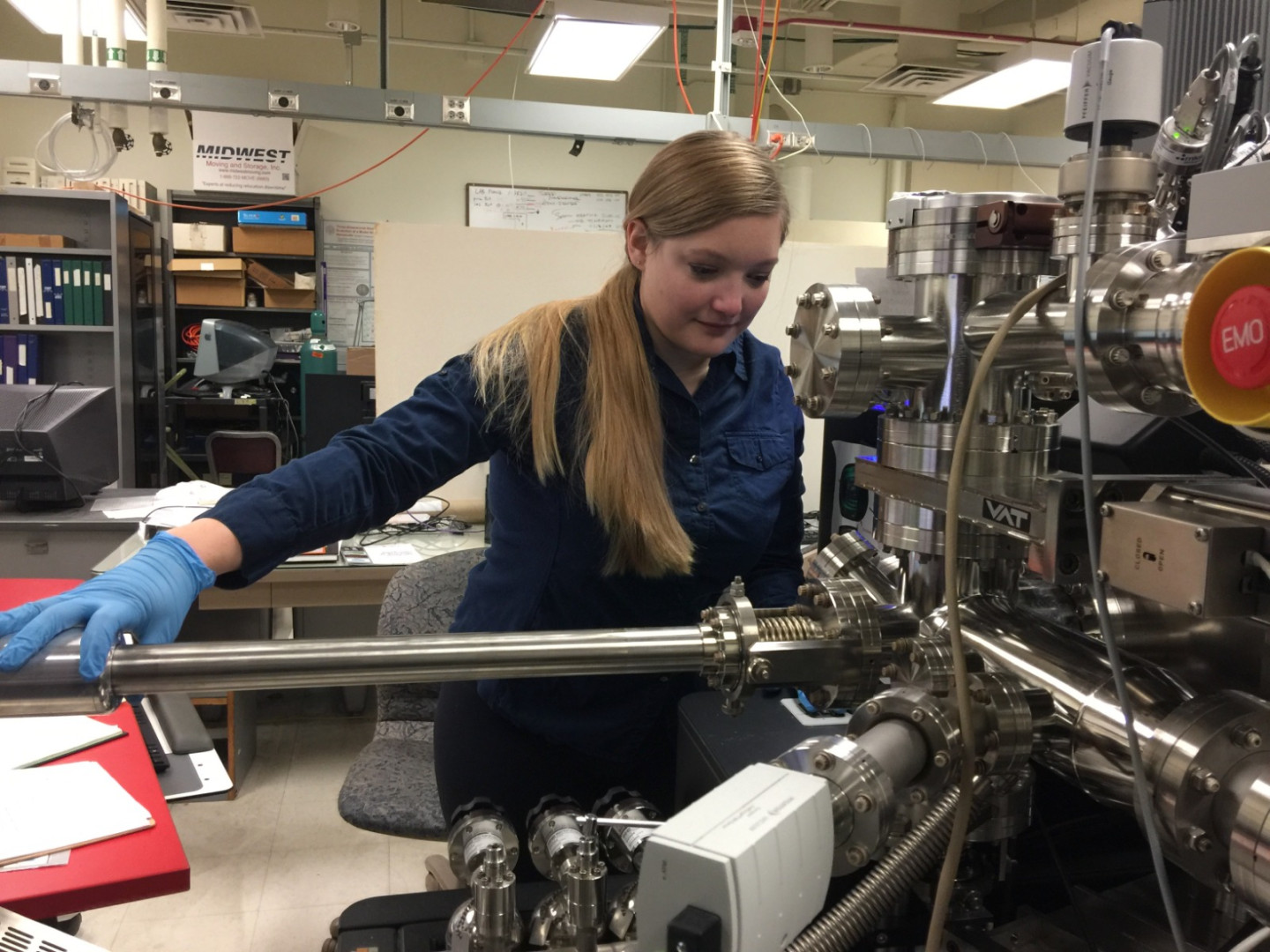
Shafaq News/ University of Chicago researchers have been able to determine the moon’s age at no less than 4.46 billion years by analyzing its rocks, which is 40 million years older than previously thought.
In a study published in the journal “Geochemical Perspectives Letters,” scientists sought a unique source, crystals extracted from the lunar surface by Apollo astronauts during their historic missions, specifically from the “Apollo 17” mission. In the year 1972.
Some of the oldest rocks in the Solar System, these crystal deposits contain important evidence that could help scientists re-determine the Moon’s age. By analyzing the isotopic composition of the rocks, researchers were able to confidently determine the age. the moon
“The crystals act as an hourglass used to determine the age of the Moon,” said University of Chicago researcher Philen Heck, lead author of the study.
The lunar dust sample used in the study was brought back by astronauts on the Apollo 17 mission, the last manned mission to the moon, in 1972, and the dust contains tiny crystals that formed billions of years ago, a clear sign of history. Creation of the Moon.
The study said, “When the collision occurred and the Moon formed, the energy of the collision melted the rocks and eventually formed the surface of the Moon. Thus when the surface melts, zircon crystals cannot form, so no crystals form on the Moon. The surface must have formed.” After the lunar magma ocean cooled, otherwise, they would have melted and their chemical signature would have been destroyed,” the researchers said.
The researchers added: “Since the crystals must have formed after the magma ocean cooled, determining the age of the zircon crystals could reveal the minimum age of the Moon.”
The researchers used an analytical method called atomic probe tomography, a powerful analytical technique used in materials science and nanotechnology to study the composition and structure of materials at the atomic level. The material allows researchers to understand its chemical composition.
Using this method, scientists were able to determine the age of the oldest known lunar crystal, after an atom-by-atom analysis showed the number of atoms within zircon crystals that had undergone radioactive decay.
When an atom has an unstable configuration of protons and neutrons in its nucleus, it decays, removing some protons and neutrons and changing into different elements. For example, uranium decays into lead.
The scientists determined how long the process took, and by looking at the ratio of different uranium and lead atoms (called isotopes) in the sample, they were able to determine its age.
The researchers explained, “Radioactive dating is like an hourglass, in which sand flows from one glass bulb to another, and over time, the sand accumulates in the lower bulb. Radioactive dating works similarly by counting the number of original atoms. The number of atoms that have replaced them.” Since the rate of change is known, the time course can be calculated.
The lead isotope ratio found by the researchers indicates that the sample is about 4.46 billion years old, which is at least the age of the Moon.
The researchers emphasized the importance of knowing when the Moon formed; Because it is “a key player in our planetary system, it works to stabilize the Earth’s axis of rotation, it’s the reason we have a 24-hour system, it causes tides, and without it, life on Earth would have been different, so it’s part of our natural system that we better understand.” We want to understand.” Better”.
Over the ages, the origin of the Moon has puzzled scientists, and countless theories and speculations have emerged. The current theory, known as the “giant impact theory,” posits the birth of the solar system 4 billion years ago. , a large body about the size of Mars collided with Earth, and this catastrophic collision led to the formation of the Moon by splitting off a large part of the Earth, creating the Moon, a satellite subject to Earth’s gravity.

“Professional coffee fan. Total beer nerd. Hardcore reader. Alcohol fanatic. Evil twitter buff. Friendly tv scholar.”







